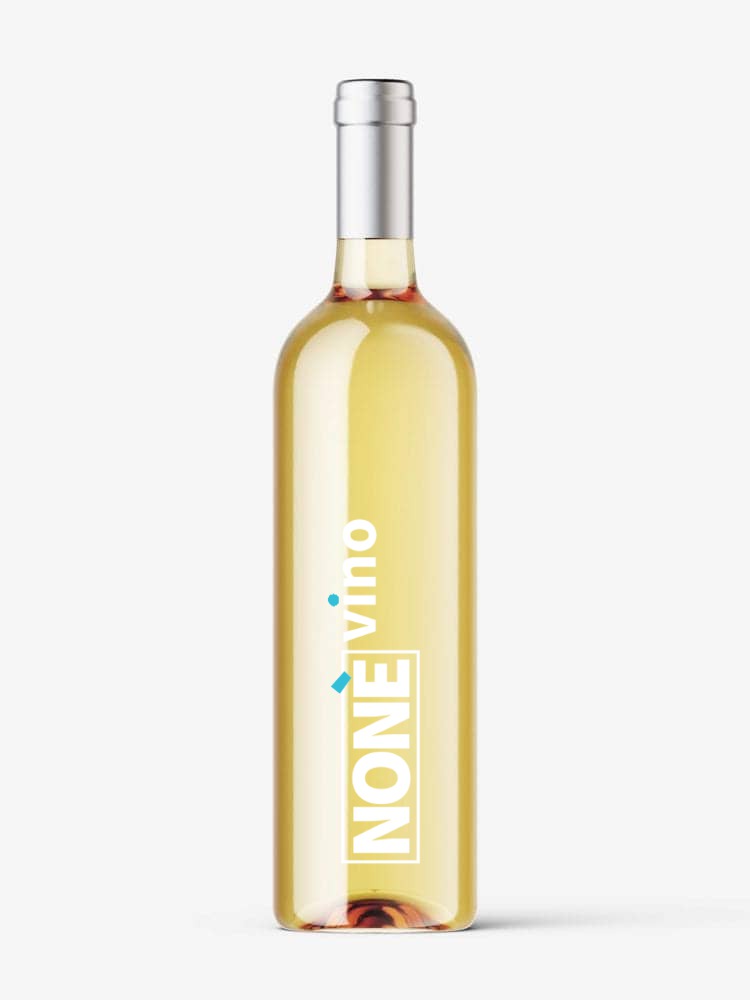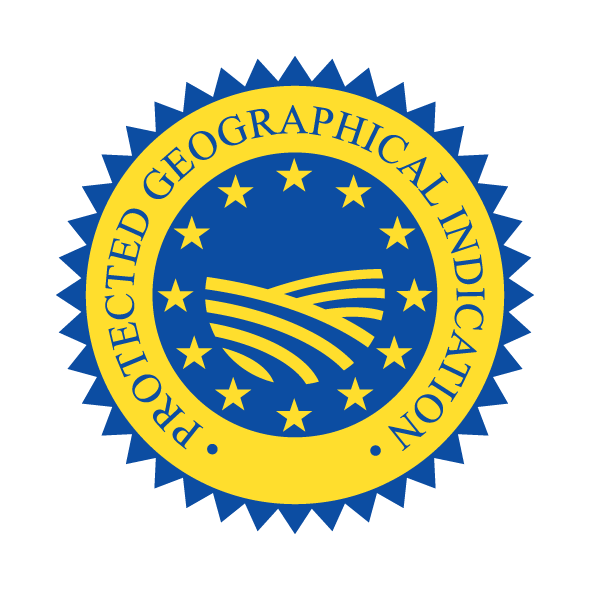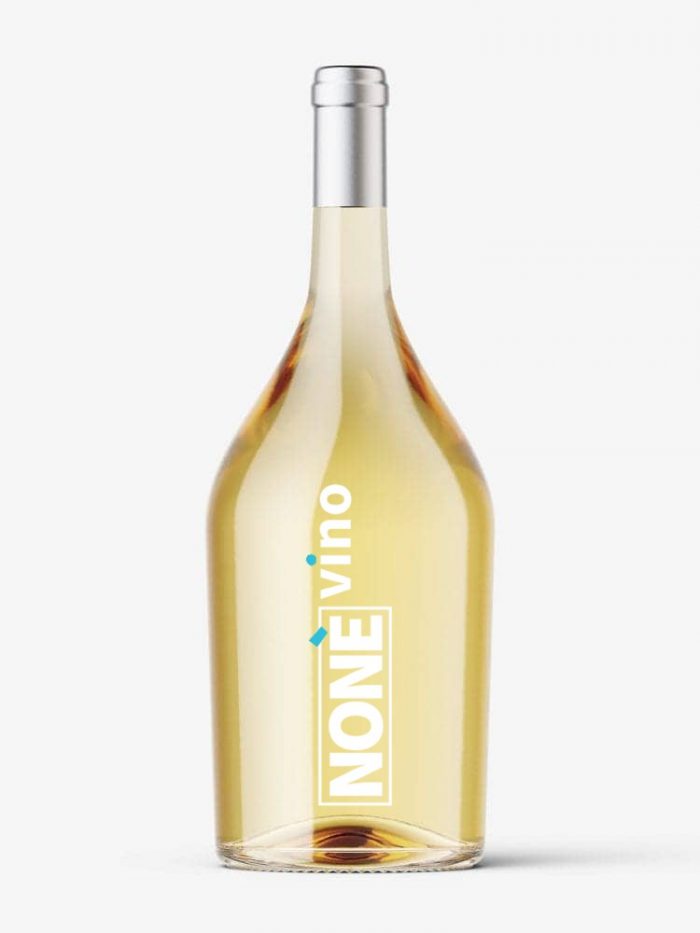Garganega
White Grape
Info
The white grape Garganega is grown in the regions of Abruzzo, Apulia, Basilicata, Emilia-Romagna, Lombardy, Marche, Molise, Sardinia, Umbria, Veneto.
Garganega is a very ancient vine, whose first official recognition seems to date back to 1200 in the famous treatise by Pietro de ‘Crescenzi in which we talk about Garganica, but it is certain that traces of this name and of the vine were there at least from the year 1000.
The municipality of Gambellara is the epicenter of an area with an ancient winemaking tradition in which the Garganega dominates to the point that it is also locally called “Gambellara”. It is also widespread in Puglia and Sicily, which in the latter region is cultivated under the name of “Grecanico Dorato”.
Wine Characteristics
From the Garganega grape a straw yellow colored wine is obtained, with a fairly intense, floral and fruity aroma. The taste is pleasantly balanced between freshness and softness, with a medium structure and a discreet taste-olfactory persistence.
Chardonnay
White Grape
Info
The white grape Chardonnay is grown in the regions: Abruzzo, Apulia, Basilicata, Calabria, Campania, Emilia-Romagna, Friuli Venezia Giulia, Latium, Lombardy, Marche, Molise, Piedmont, Sardinia, Sicily, Tuscany, Trentino Alto Adige, Umbria, Aosta Valley, Veneto.
According to many, its origins have never been clear, according to some scholars it has Middle Eastern origins, according to others it comes from a spontaneous cross between a pre-domesticated vine and an Illyrian vine, that is coming from that area that today corresponds to Slovenia, Croatia, Bosnia , Montenegro and Albania. The most accredited hypotheses claim a vine originating from the homonymous French municipality of Chardonnay, in Burgundy.
Wine Characteristics
From Chardonnay grapes it is possible to obtain still, semi-sparkling or sparkling wines, with high alcohol content and good acidity. At sight the wine has a not particularly intense straw yellow color; on the nose it is characteristic, delicate and fruity (tropical fruit, pineapple and banana in particular), and on the palate it expresses pleasant freshness and flavor. Hints of dried fruit will indicate the evolutionary path of the wine, which can offer more harmonious taste-olfactory sensations.







